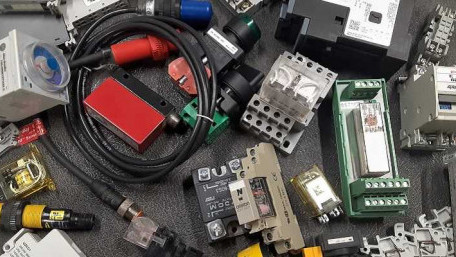
Failures of I/O systems are a common source of headache for control engineers. Troubleshooting those devices that have polarized connections (source vs sink, and…
Failures of I/O systems are a common source of headache for control engineers. Troubleshooting those devices that have polarized connections (source vs sink, and NPN vs PNP) is a technique worth refining.
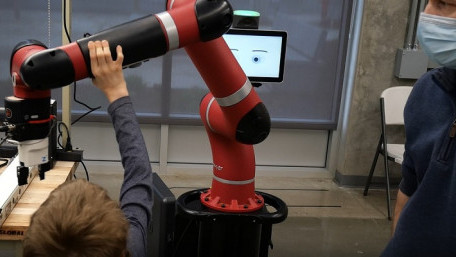
We've read about the capabilities of collaborative robots, but often, one question still remains - how do you program a…
We've read about the capabilities of collaborative robots, but often, one question still remains - how do you program a cobot? Last week, I got a chance to get my hands on a cobot for the first time.
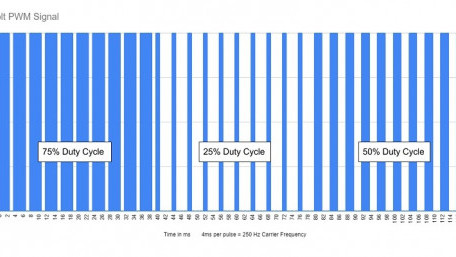
Power delivered to devices can be changed by raising or lowering the voltage and current. But this method does not always…
Power delivered to devices can be changed by raising or lowering the voltage and current. But this method does not always produce intended results. Pulse width modulation (or PWM) can be used to better control variable loads.
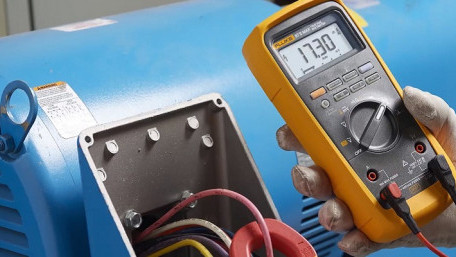
Analog and digital multimeters have both enjoyed popularity in different generations of electrical systems. What is…
Analog and digital multimeters have both enjoyed popularity in different generations of electrical systems. What is unique about the analog meters, and in what situations might they be preferred over their digital counterparts?
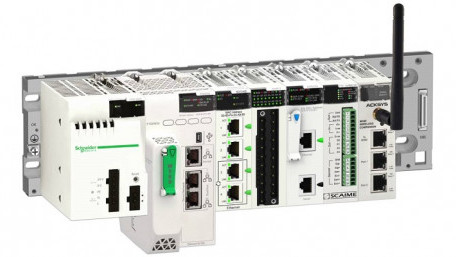
What is a PLC? This article will lay out a succinct definition of a programmable logic controller and explain its basic…
What is a PLC? This article will lay out a succinct definition of a programmable logic controller and explain its basic components.
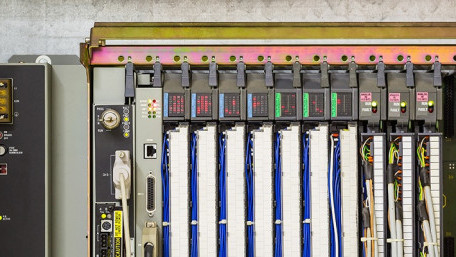
In the late 1960s, a revolution in manufacturing became a reality when the first Programmable Logic Controller (PLC) was…
In the late 1960s, a revolution in manufacturing became a reality when the first Programmable Logic Controller (PLC) was developed. We’ll examine the early history of the PLC - not just the technology, but also the inspiration of the inventors as well.
Digital control systems are particular about the direction of current flow from sensors and input devices. The terms…
Digital control systems are particular about the direction of current flow from sensors and input devices. The terms sourcing and sinking (often abbreviated source and sink) are among the more confusing ratings found on I/O module datasheets. Part 1 of a 3-part series.
Any industrial electrician can instantly recognize a relay, but when it comes to wiring, why are the terminals numbered…
Any industrial electrician can instantly recognize a relay, but when it comes to wiring, why are the terminals numbered in such apparently random order?
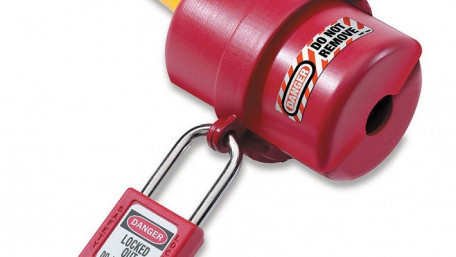
One of the most visible elements of industrial safety is the use of lock-out-tag-out (LOTO) devices, familiar to those…
One of the most visible elements of industrial safety is the use of lock-out-tag-out (LOTO) devices, familiar to those with experience. But, if you are new to the workforce, a brief introduction may be helpful.
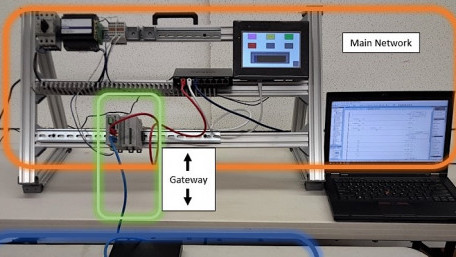
This article teaches the basics of gateways in industrial networks and PLC-to-PLC communication.
This article teaches the basics of gateways in industrial networks and PLC-to-PLC communication.
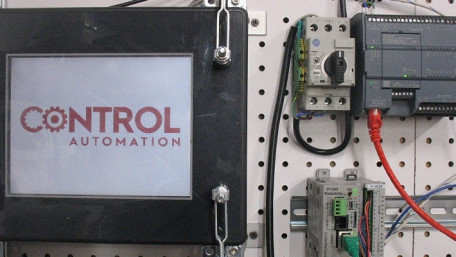
Learn the basics of connecting multiple PLCs to an HMI using various data types.
Learn the basics of connecting multiple PLCs to an HMI using various data types.
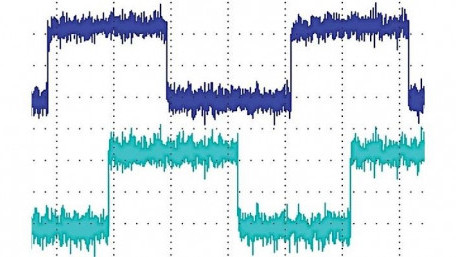
Noise signal sources occur primarily from radiofrequency interference (RFI), often in the form of impulse functions or…
Noise signal sources occur primarily from radiofrequency interference (RFI), often in the form of impulse functions or arcing. How do you mitigate process noise from your control system?
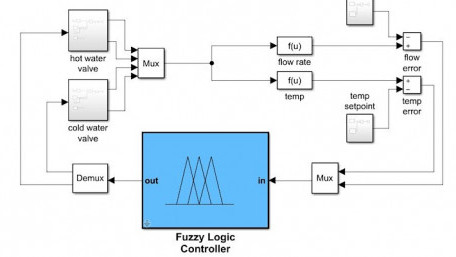
Servo motors are widely utilized in industry for numerous applications. How do you use fuzzy logic to control a servo motor?
Servo motors are widely utilized in industry for numerous applications. How do you use fuzzy logic to control a servo motor?
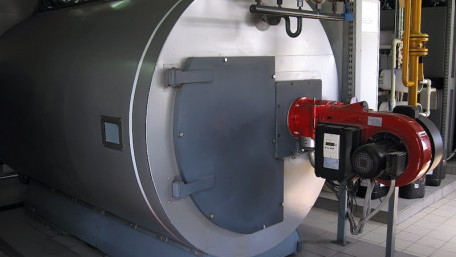
Safety is of utmost importance in the day-to-day operations of any system, especially a system where humans and machines…
Safety is of utmost importance in the day-to-day operations of any system, especially a system where humans and machines work together. Learn all about Safety Instrumented Systems and what it takes to keep workers safe, and the system running smoothly!
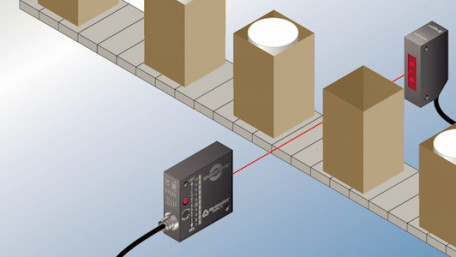
Sensing objects is a tricky business because of the many variables in light, surface texture, distance, color, and other…
Sensing objects is a tricky business because of the many variables in light, surface texture, distance, color, and other factors. Learn how a photo sensor works!
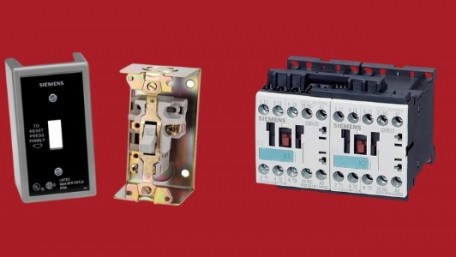
Motors drive all sorts of processes in a facility. Depending on the application, which motor starter is best suited for…
Motors drive all sorts of processes in a facility. Depending on the application, which motor starter is best suited for your needs?
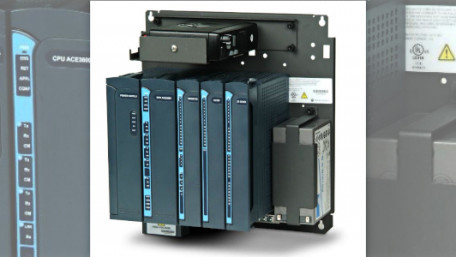
Learn the basics of remote terminal units (RTUs) and how they fit into a SCADA system.
Learn the basics of remote terminal units (RTUs) and how they fit into a SCADA system.
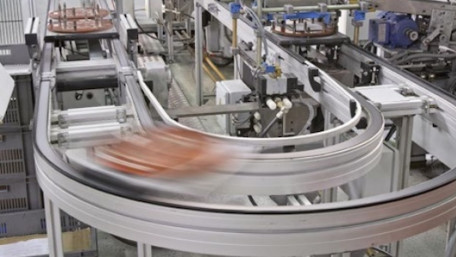
Different conveyance systems have different ways to calculate speed. Let’s dive into these systems, their speed, and…
Different conveyance systems have different ways to calculate speed. Let’s dive into these systems, their speed, and some determining factors.
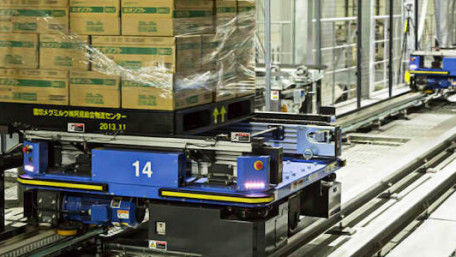
Let’s take a closer look at retrofitting T-cart control with newer technology, such as using laser distance sensors…
Let’s take a closer look at retrofitting T-cart control with newer technology, such as using laser distance sensors versus limit switches.
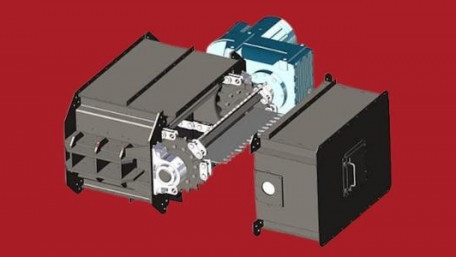
With the adoption of digital transformation and industry 4.0, conveyors are becoming smarter. This article examines smart…
With the adoption of digital transformation and industry 4.0, conveyors are becoming smarter. This article examines smart conveyor systems and what makes them “smart.”
